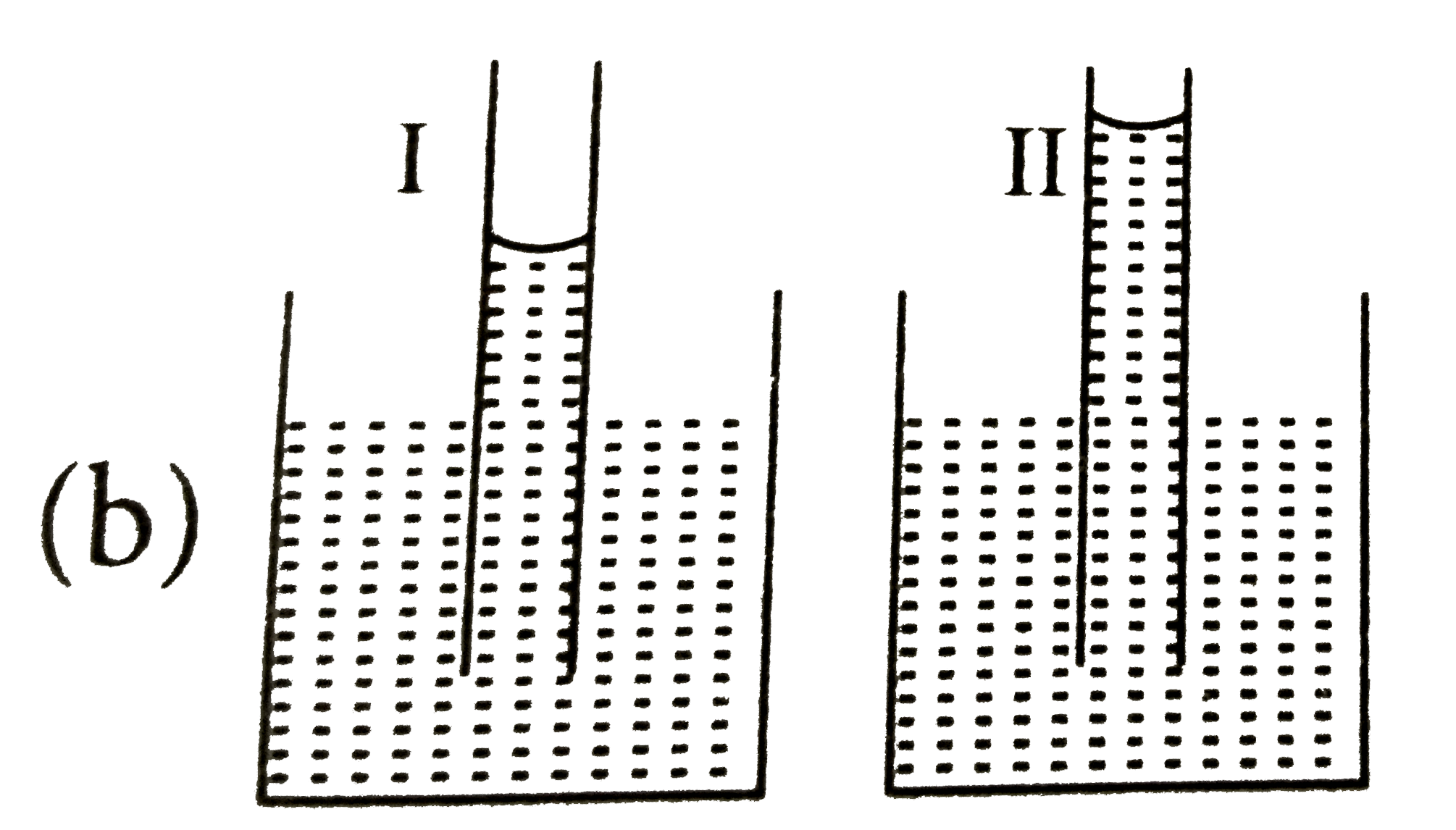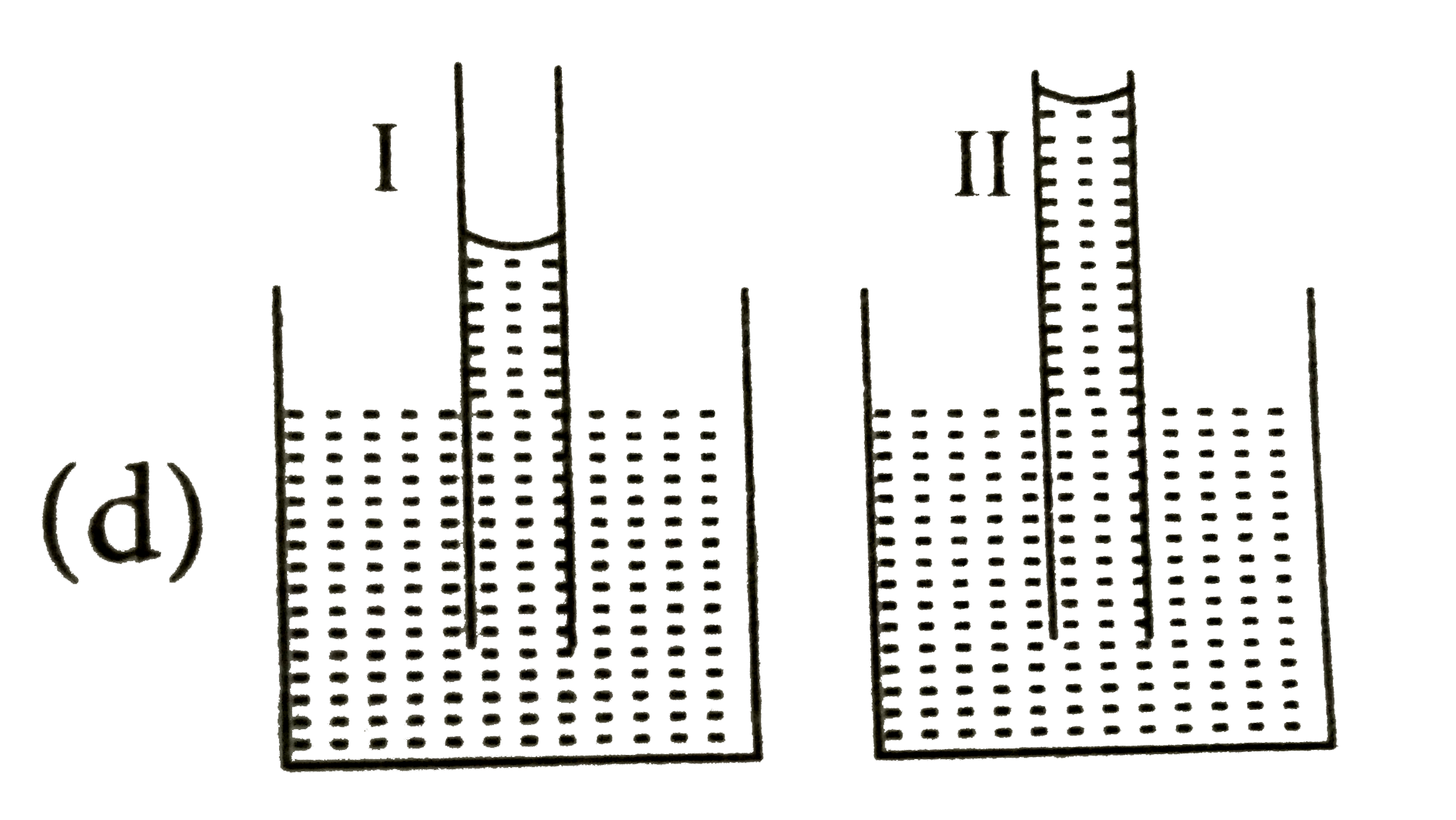A leafy twig of mesophytic plant dipped in water would demonstrate
Photosynthesis
Transpiration
Respiration
Guttation.
The correct Answer is:B
To solve the question, "A leafy twig of mesophytic plant dipped in water would demonstrate," we can follow these steps:
Step 1: Understand the terms
- Mesophytic plants are those that thrive in environments that are neither too dry nor too wet. They have adaptations to conserve water and can perform normal physiological processes under moderate water availability.
Step 2: Analyze the processes mentioned
- The question lists four processes: photosynthesis, transpiration, respiration, and guttation.
- Photosynthesis: This process occurs when plants convert light energy into chemical energy, primarily in the presence of sunlight.
- Transpiration: This is the process of water vapor loss from the aerial parts of the plant, mainly through stomata.
- Respiration: This is the process of breaking down glucose to release energy, which occurs continuously.
- Guttation: This is the exudation of water droplets from the leaves of some plants, usually occurring at night when soil moisture is high.
Step 3: Consider the effect of dipping in water
- When a mesophytic plant is dipped in water, it is temporarily in a hydrophytic condition (more water than it typically encounters). This increased water availability will lead to an increase in transpiration rates, as the plant will lose more water vapor through its stomata due to the abundance of water.
Step 4: Determine the correct answer
- Given the conditions, the most likely process that would be demonstrated by the leafy twig of a mesophytic plant when dipped in water is transpiration. The other processes (photosynthesis, respiration, and guttation) may also occur, but the significant increase in water availability will primarily enhance transpiration.
Conclusion
The correct answer to the question is transpiration.
---
- Mesophytic plants are those that thrive in environments that are neither too dry nor too wet. They have adaptations to conserve water and can perform normal physiological processes under moderate water availability.
- The question lists four processes: photosynthesis, transpiration, respiration, and guttation.
- Photosynthesis: This process occurs when plants convert light energy into chemical energy, primarily in the presence of sunlight.
- Transpiration: This is the process of water vapor loss from the aerial parts of the plant, mainly through stomata.
- Respiration: This is the process of breaking down glucose to release energy, which occurs continuously.
- Guttation: This is the exudation of water droplets from the leaves of some plants, usually occurring at night when soil moisture is high.
- When a mesophytic plant is dipped in water, it is temporarily in a hydrophytic condition (more water than it typically encounters). This increased water availability will lead to an increase in transpiration rates, as the plant will lose more water vapor through its stomata due to the abundance of water.
- Given the conditions, the most likely process that would be demonstrated by the leafy twig of a mesophytic plant when dipped in water is transpiration. The other processes (photosynthesis, respiration, and guttation) may also occur, but the significant increase in water availability will primarily enhance transpiration.
The correct answer to the question is transpiration.
Topper's Solved these Questions
- TRANSPORT IN PLANTSBOOK - DINESH PUBLICATION ENGLISHCHAPTER - TRANSPORT IN PLANTSEXERCISE - CHECK YOUR GRASP
40 Videos
- TRANSPORT IN PLANTSBOOK - DINESH PUBLICATION ENGLISHCHAPTER - TRANSPORT IN PLANTSEXERCISE - CHECK YOUR GRASP
40 Videos
- THE LIVING WORLDBOOK - DINESH PUBLICATION ENGLISHCHAPTER - THE LIVING WORLDEXERCISE - Check your grasp
12 Videos
- VERTEBRATA-AGNATHA AND PISCESBOOK - DINESH PUBLICATION ENGLISHCHAPTER - VERTEBRATA-AGNATHA AND PISCESEXERCISE - Check Your Grasp
12 Videos
Similar Questions
Knowledge Check
A capillary tube (A) is dipped in water. Another identical tube (B) is dipped in a soap-water solution. Which of the following shows the relative nature of the liquid columns in the two tubes?
A B
B C
C D
D
Give one example of aquatic plant used in the lab to demonstrate O2liberation during photosynthesis
View SolutionThis plant is ideal to demonstrate ascent of sap
View SolutionA mesophytic plant growing in well watered soil shows decreased transpiration in the afternoon due to
View SolutionConsider Experiment 2, Art. 4(a). 3,
(a) What would you do to obtain a large deflection of the galvanometer ?
(b) How would you demonstrate the presence of an induced current in the absence of a galvanmeter ?
View SolutionIf a thin lens is dipped in water, does its focal length change ?
View SolutionIf a glass prism in dipped in water its dispersive power
View SolutionA capillary tube (A) is dipped in water. Another identical tube (B) is dipped in a soap-water solution. Which of the following shows the relative nature of the liquid columns in the two tubes?
View Solution
